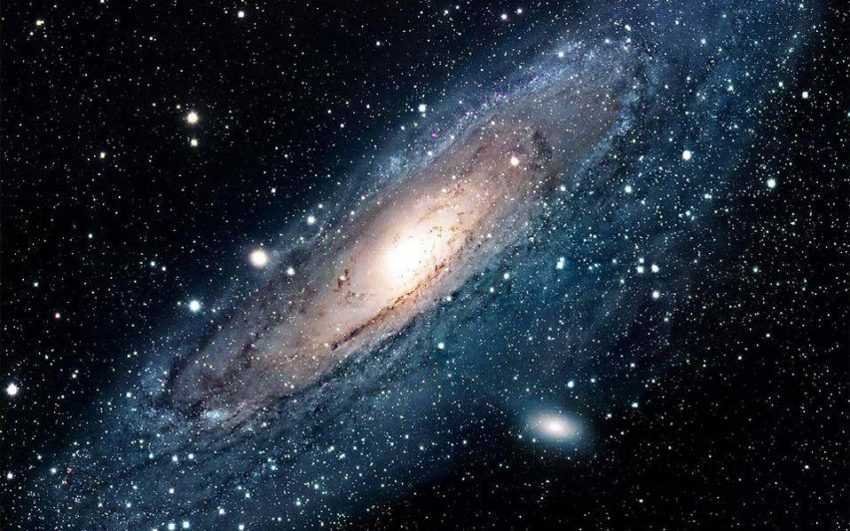Scientists from Italy and Switzerland conducted recently an experiment proving that antimatter, like matter, has the characteristics of both waves and particles. This means that antimatter fits well with established quantum theory engineerings – making its rarity all the more curious.

The Big Bang, according to scientific calculations, should have ejected equal parts of matter and antimatter when the universe was created. Unfortunately the antimatter is incredibly difficult to find. Then where did all this quantity go? Scientists searching for missing material (anti-material) have so far found few answers.
But the research team 's experiment gives some hope that something will change. Scientists have managed to get some new results from one 200 year experiment which aimed to prove that particles – electrons, neutrons and protons – are also waves. In their report, they demonstrated that antiparticles, specifically positrons, share the same properties as their opposites. This n evidence it is further confirmation that antimatter – once thought not to exist – actually exists.
The group experiment involved sending positrons through a double-slit mechanism, using a beam, to determine if the particles were showing characteristic waves. And they did. Basically the antimatter changes itself and turns into waves, as matter does.
This may sound a bit boring, but it gives further credence to the theory that antimatter is affected by gravity in the same way as matter. Understanding how antimatter works in relation to our knowledge of gravity is critical to our ability to "see" distant stars and other celestial bodies using mathematics.
Furthermore, finding out that antimatter works and knowing where one can find it can also lead to other, more fantastic discoveries. This is mainly because when you take matter and antimatter together, they explode and create energy, which is good for space taxifor. If we ever find natural antimatter, or a cost-effective way to make it, engineers believe that antimatter-based fission could provide the most efficient form of interstellar propulsion that modern technology can create.
What is antimatter? As the name implies, antimatter is the opposite of matter. Electrons, protons and neutrons are what make up atoms and therefore matter is built on them and each has a charge. Their opposites - positrons for electrons, antiprotons for protons and antineutrons for neutrons - have the opposite charge.
Scientists have limited knowledge of the antimatter because it is incredibly difficult to find or construct. So ridiculously expensive. According to NASA, if you can find or make a gram of antihydrogen, you will sell it for about $ 62,5 trillion. This means that physicists are still trying to understand the rules when it comes to antimatter.
The results of the experiment answer some of our biggest questions about the antimatter, but many more remain unanswered.





